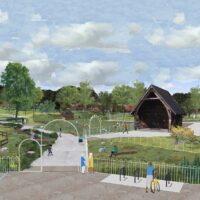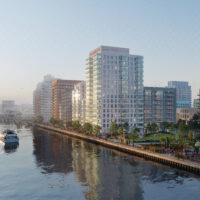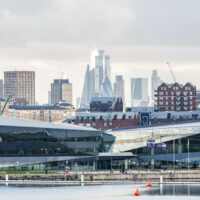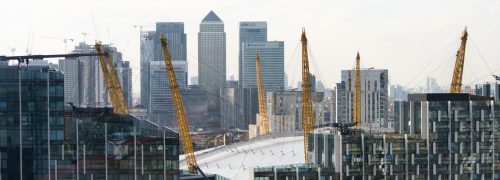
Regeneration news
Exploring the river’s industrial history: Architecture on the Thames East tour
The Thames has been London's central artery ever since the capital was founded 2,000 years ago. This blustery boat tour by Open City reveals secrets of the city’s past in a way that only the water can.
Architecture on the Thames East embarks from Greenwich with architect Benedict O’Looney as tour guide, making its way as far as the Dartford Crossing. As the river widens, little-known landmarks of the capital's manufacturing past and present loom up on the banks on either side: the mounds of earth left by Beckton Gas Works, the vast Ford Dagenham car plant, and the Tilda Rice Factory in Rainham.
The Royal Docks, of course, is a central part of this story: once the largest docks in the world and still home to the Tate & Lyle sugar refinery. Heading east, the first thing you see are the distinctive cables of the Emirates Air Line, which O'Looney commends as “the most fun you can have with an oyster card, especially on a windy day”. Further down the river, he points out the just-visible forms of the UEL campus, “Playful colours and interesting cylindrical shapes give a joyous character to this reuse of the old dock landscape.”
London’s future is in the east where architects are transforming this historic industrial landscape into a place to live and work.
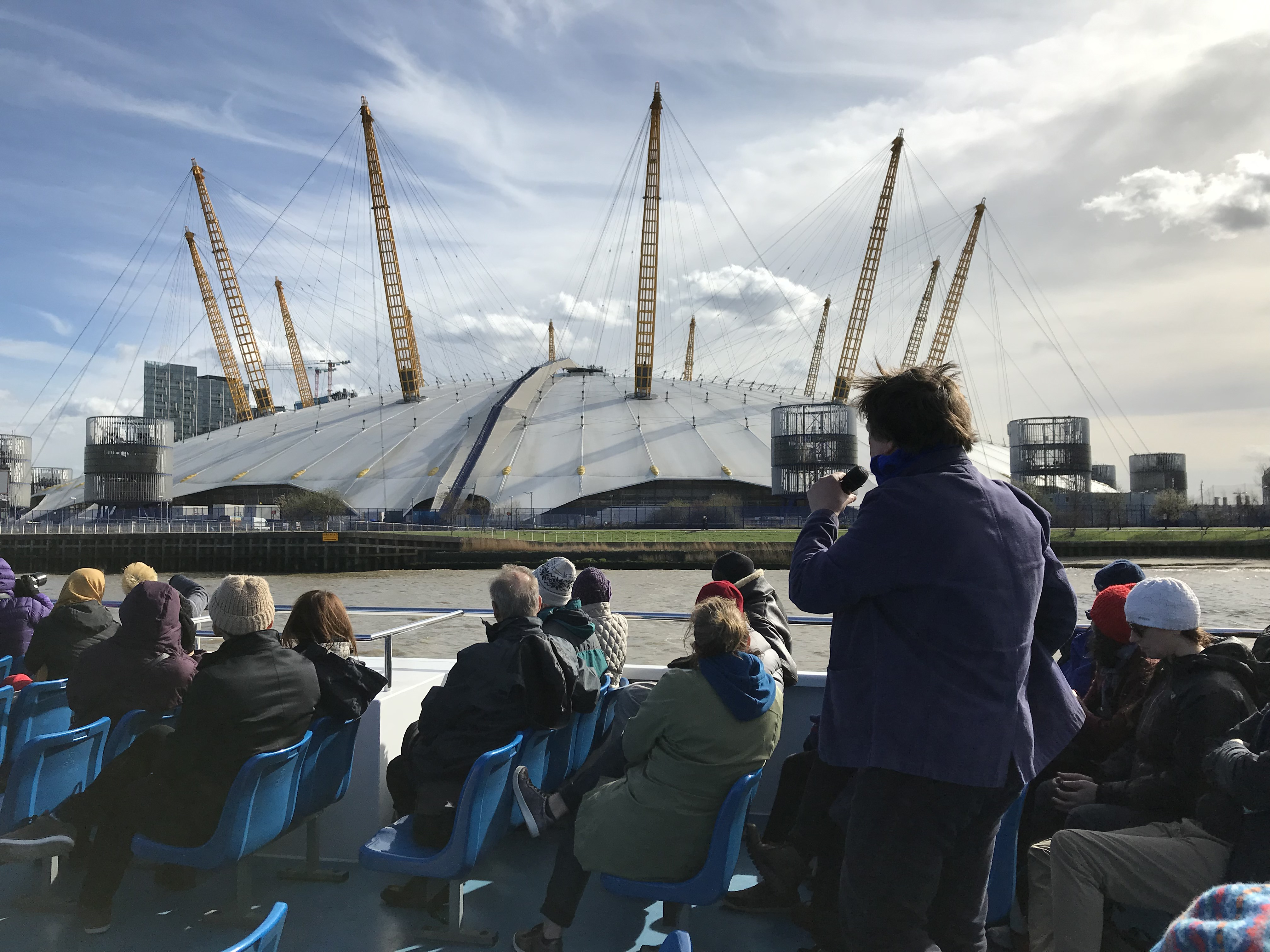
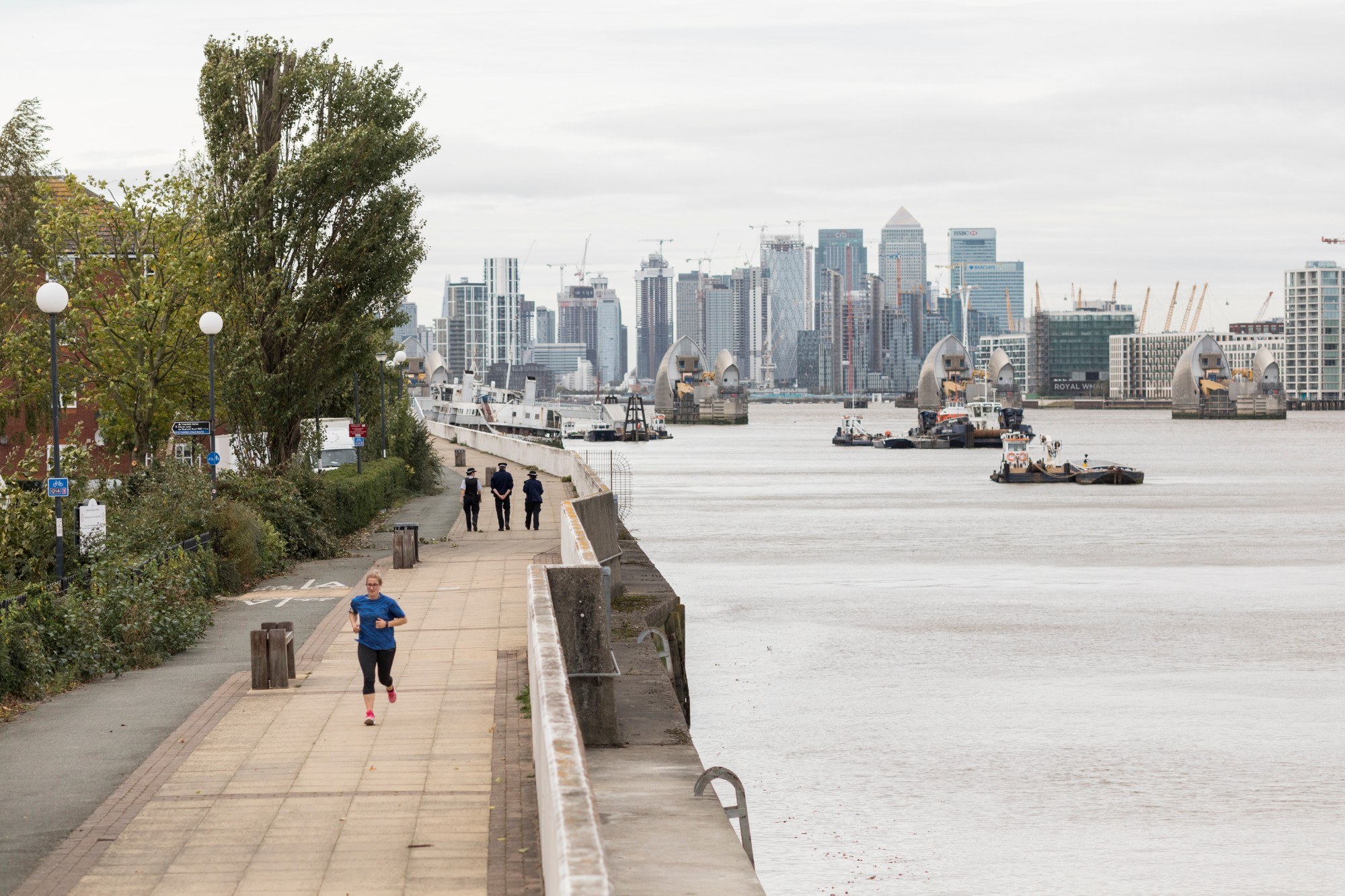
Thames Barrier
Looking west, the Canary Wharf skyline sits behind the barrier and the O2. Photo: Sam Bush.
While Tate & Lyle still processes a quarter of the UK’s sugar, this is at heart a story of change. As Open City say, “London’s future is in the east where some of London’s best architects are transforming this historic industrial landscape into a place to live and work.” On the tour's March edition, O'Looney was joined by one of these architects: Alex Ely of Mae Architects, one of the studios behind Silvertown’s Royal Wharf.
Royal Wharf is a new neighbourhood by Ballymore, a developer whose work is increasingly seen along the banks of the eastern Thames. The building Mae Architects worked on had an unlikely inspiration: an 18th-century painting of Greenwich by Canaletto. Ely admitted, “It sounds tenuous, but actually we're taking ideas from the classical language of having a base, a middle and a top, and the elegant columns and beams.” You'll also be able to spot a gentle scalloping effect on the finished facade. This is a nod to the old staple diet of dockworkers: oysters. In fact, oyster shell sediment is still found in the ground that Royal Wharf is being built on.
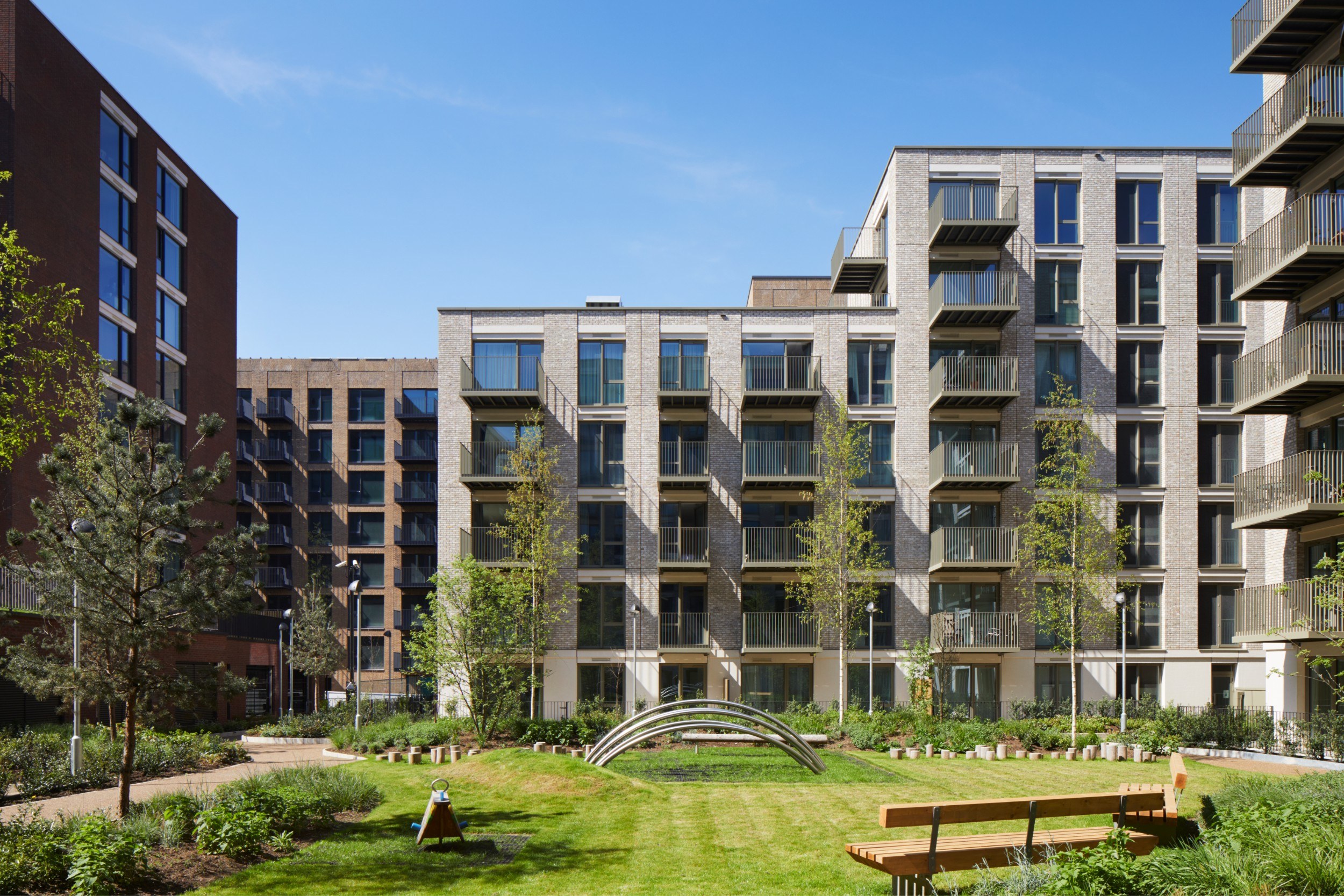
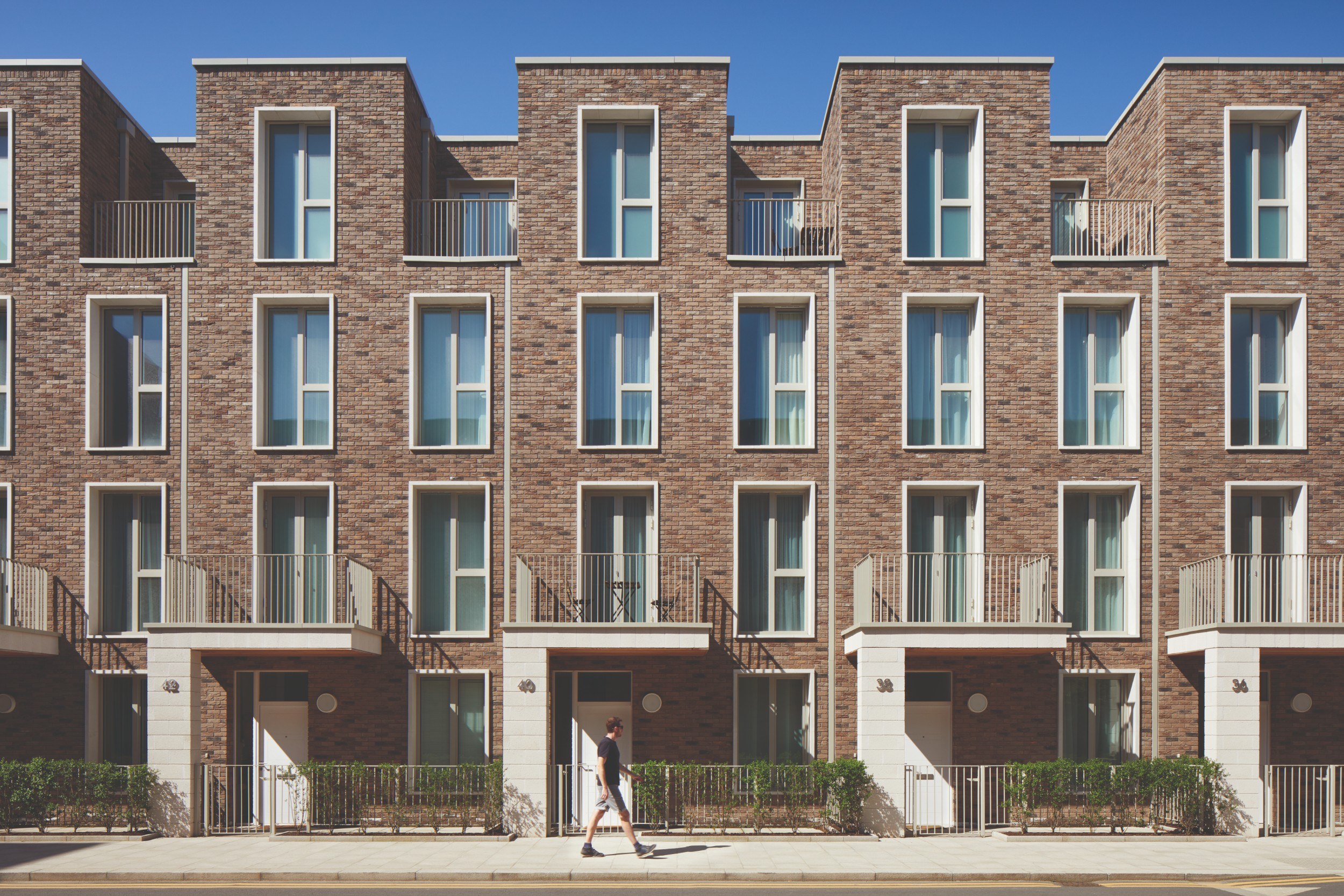
Royal Wharf development
Explore this development in progress, by Ballymore and Oxley.
25,000 new homes will be built in the Royal Docks over the next 20 years — a welcome answer to London’s need for housing. But quality of living is driving change as much as pragmatism. Mae Architects worked with the Mayor of London on the London Housing Design Guide, a set of standards for new housing in the capital. Published in 2010, Ely explained that you can already see the effects of its recommendations, “It's the reason lots of housing now has this generous outdoor space, and that's changed the character and the vernacular of London.”
Architecture on the Thames East decodes familiar places. From the carefully choreographed sequence of gates that protects London from flooding (spoiler: it’s not just the Thames Barrier) to the architectural pedigree of the O2, the tour provides a fresh perspective on the capital. The river has always been key to understanding London; the tour is back on July 16, so climb aboard for a fascinating few hours exploring the Thames.
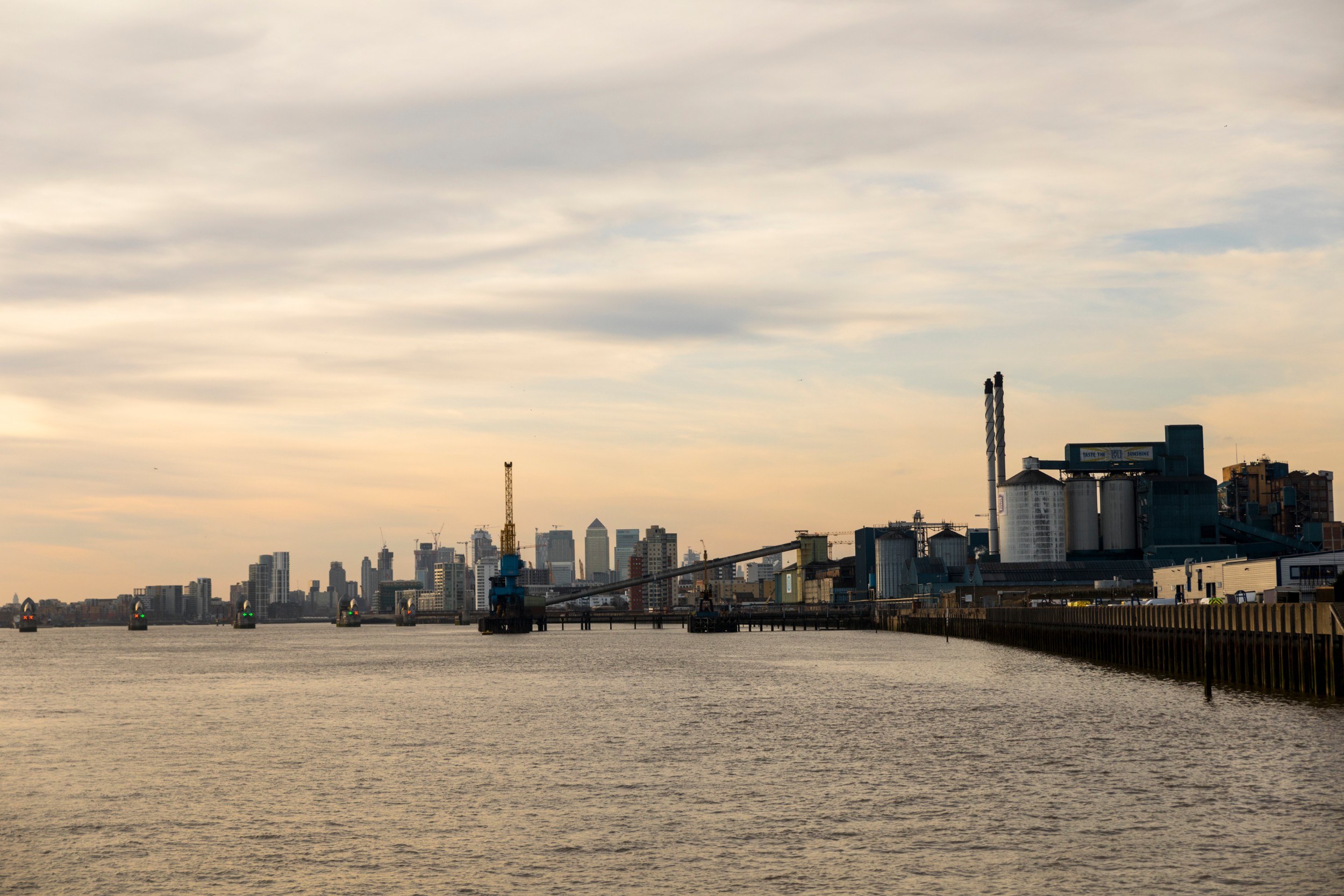
Tate & Lyle
You can also see the Thames Barrier in distance of this photo by Sam Bush. Photo at top: Tian Khee Siong.
